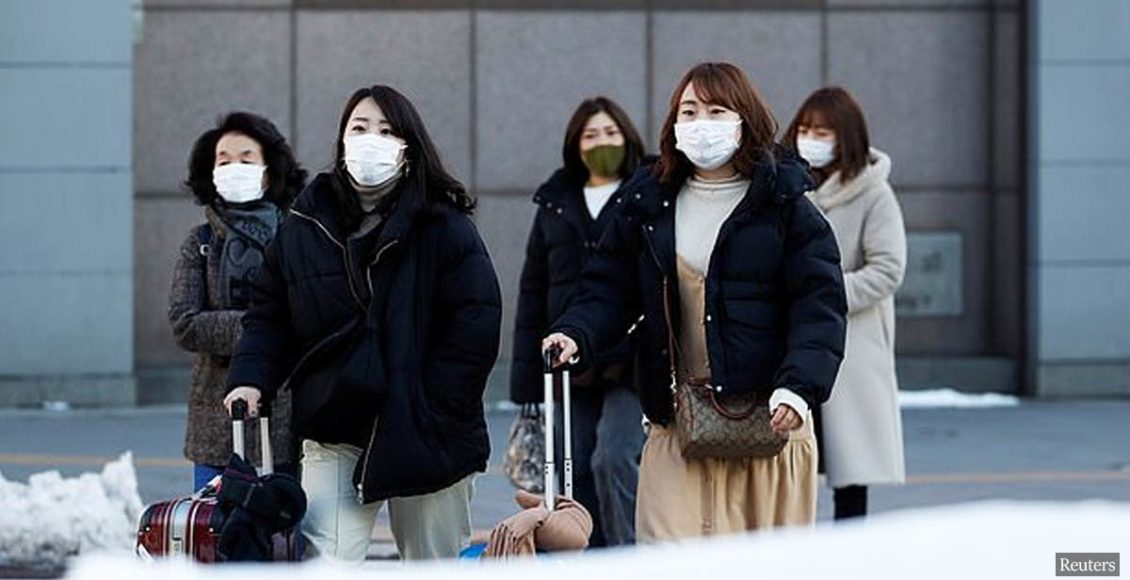After lifting its lockdown restrictions, a Japanese island has been struck by a second coronavirus wave.
On March 19th, the northern region of Hokkaido allowed for businesses and schools in the area to reopen. The government decided to lift the quarantine, as the number of cases decreased to one or two per day, as Mail Online revealed.
Unfortunately, nearly a month later, the Japanese island faced a second lockdown order, as there were 135 coronavirus cases reported in only one week.

The director of the Hokkaido Medical Association, Dr. Kiyoshi Nagase, admitted to TIME:
“Now I regret it, we should not have lifted the first state of emergency. It really may not be until next year that we can safely lift these lockdowns.”
The Hokkaido government had evaluated the impact immigration would have on the spread of COVID-19 on the island. However, they still have not considered domestic migration.
Experts agree that the government has lifted the lockdown too early.
Yoko Tsukamoto, a professor of infection control at the Health Sciences University of Hokkaido told The Telegraph:
“At the time, we didn’t have enough information and we did not have an adequate understanding of this disease. And, given the information that was available – that new cases were down to one or two a day – it could be argued that the governor made the right decision in lifting the state of emergency. We know that was the wrong move now, but then it seemed the best thing to do.”
Prof. Tsukamoto continued:
“These lockdowns and states of emergency will have to be lifted eventually, but the lesson is to wait as long as possible, to get accurate data on infection numbers and to be very, very cautious when the rules are relaxed. And the authorities have to be ready to move quickly and put the restrictions back in place at the first sign of another surge.”
On Tuesday, April 28th, Hokkaido reported 38 new coronavirus cases. This led to a total number of 688 infections, while the fatalities raised to 27.

As a positive outcome of the current situation, specialists hope to learn valuable lessons at handling the virus from lifting measures too quickly.
The COVID-19 cases in Hokkaido can be traced back to February, amid the Sapporo Snow Festival. The annual festival, which attracted nearly two million people, was held before the initial lockdown was in place. In fact, a Chinese tourist was treated for coronavirus on the island during the Snow Festival, after contracting it in Wuhan, the center of the pandemic.
By March 12th, Hokkaido was the worst-hit area in Japan, as 118 people were being treated for coronavirus.
Presently, there are 13,965 confirmed coronavirus cases in Japan, with 425 fatalities. According to the Nikkei business daily, the government is considering extending the lockdown, which is currently until May 6th.



